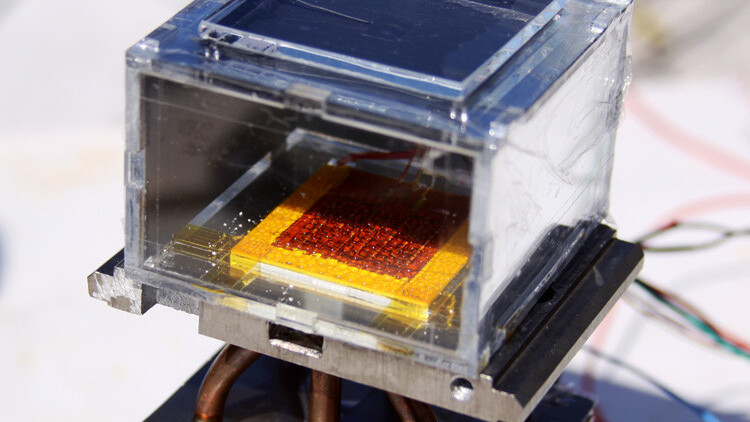
Scientists at MIT and the University of Berkeley have created a solar-powered water harvester that can use air humidity to produce drinking water.
The device is still a prototype but it’s yielded promising results. It can produce water in extremely dry areas and is incredibly energy efficient, plus the device already works in real-world conditions.
Omar Yaghi, one of the two senior authors of the paper on the new device, said in a conversation with Phys.org that this was a major breakthrough in the field.
One vision for the future is to have water off-grid, where you have a device at home running on ambient solar for delivering water that satisfies the needs of a household […] To me, that will be made possible because of this experiment. I call it personalized water.
Yaghi might need to work on the name, but the prototype is still truly impressive. Being able to run the device on only minimum sunlight could have a huge impact on water accessibility around the world.
Developing countries, for example, have benefitted greatly from developments in solar technology because it’s an energy solution that doesn’t require massive grid infrastructure. Providing similar solutions for water could improve the lives of millions of people.
The device is powered by solar energy, but it’s most important component is metal-organic frameworks, or MOFs. Yaghi invented MOFs 20 years ago when tinkering with combining metals with organic molecules to create rigid and porous structures perfect for storing gases and liquids.
MOFs are highly adaptable and over 20,000 types with a wide variety of uses have been created since Yaghi’s discovery.
The new MOF, created by Yaghi and his team at Berkeley, is made of zirconium metal and adipic acid (if that tells you anything) and binds water vapor. By teaming up with Evelyn Wang, mechanical engineer at MIT, they were able to create a passive device that could continuously collect water.
By using one kilo of the new MOF, the device is able to produce almost three liters of water over a 12-hour period in places with only 20 to 30 percent air humidity. Just to put that in context, the average humidity during the day in the Mojave desert is 10 to 30 percent.
We wanted to demonstrate that if you are cut off somewhere in the desert, you could survive because of this device. A person needs about a Coke can of water per day. That is something one could collect in less than an hour with this system.
Currently the MOF can only absorb 20 percent of its weight in water but Yaghi and his team hope to double its efficiency in the future.
Get the TNW newsletter
Get the most important tech news in your inbox each week.





